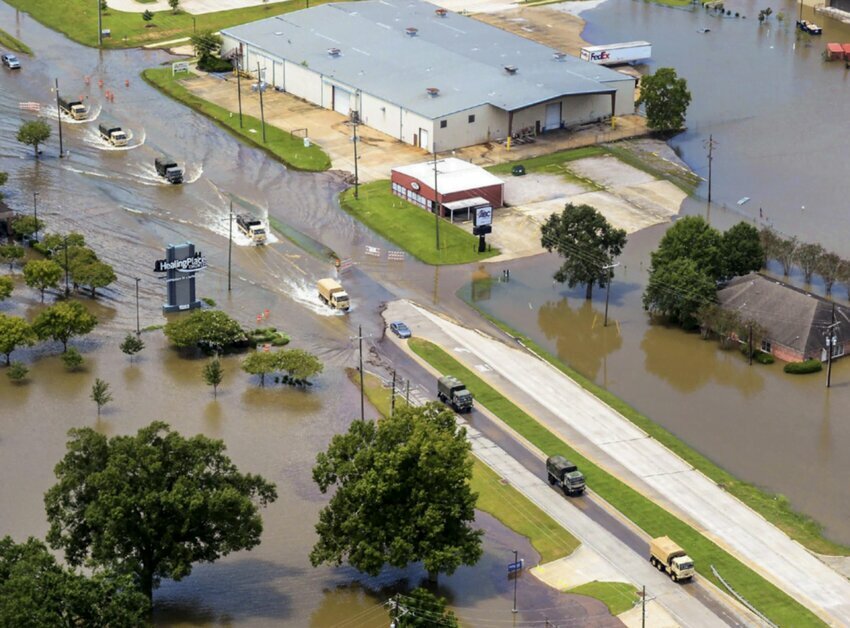 (Credit: US Army)
(Credit: US Army)Recognizing the threats climate change pose to the armed forces, the US Army drafted its first ever Climate Strategy, outlining steps to make the organization more resilient and adaptive while simultaneously decarbonizing.
In line with the president Biden’s executive orders on climate, the Army has established three overarching goals:
To advance these goals, the Army has established three “lines of effort.”
Secretary of the Army Christine E. Wormuth cites disrupted supply chains, damaged infrastructure, and increased risks to soldiers from natural disasters and extreme weather as three climate change–related issues requiring strategic planning. Specific initiatives include:
The Army emphasized that its core purpose remains unchanged: “to deploy, fight, and win the nation’s wars by providing ready, prompt, and sustained land dominance.” To this end, it is emphasizing tactical self-sufficiency to avoid climate-related disruptions and maintain superiority over its military competitors.
The US military is a bigger polluter than 140 of the world’s nations, making mitigation of its greenhouse gas emissions a priority in combating climate change. Recognizing this, the Department of Defense has taken some steps to green its operations. In May 2020, it announced a scalable design platform for microgrids. In December 2020, it began developing a new energy management program for more efficient power consumption. And in November of this year, it announced a partnership to develop hybrid conversion kits for tactical vehicles to reduce idling emissions.